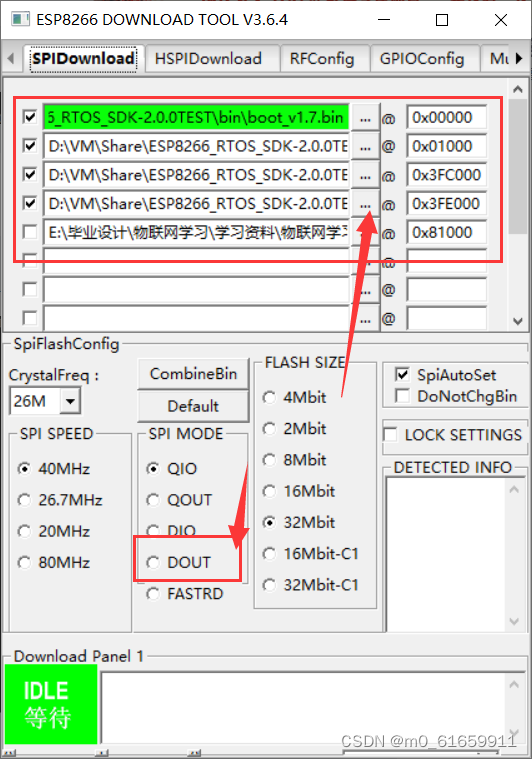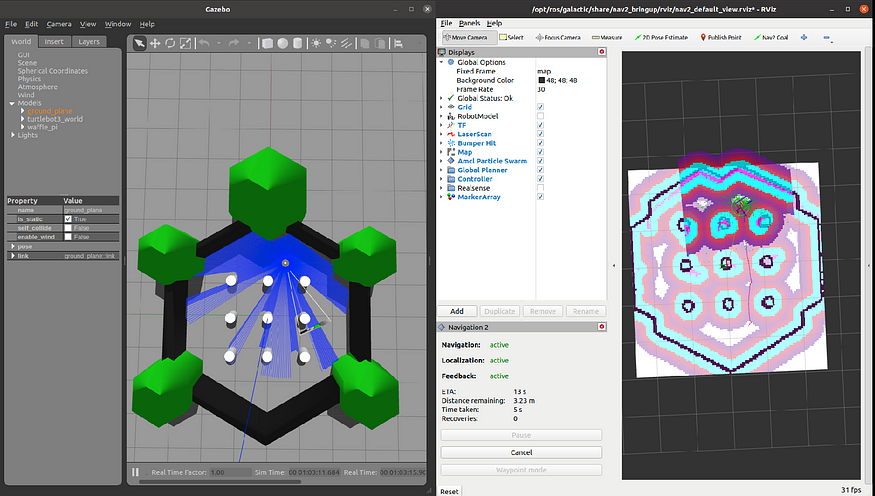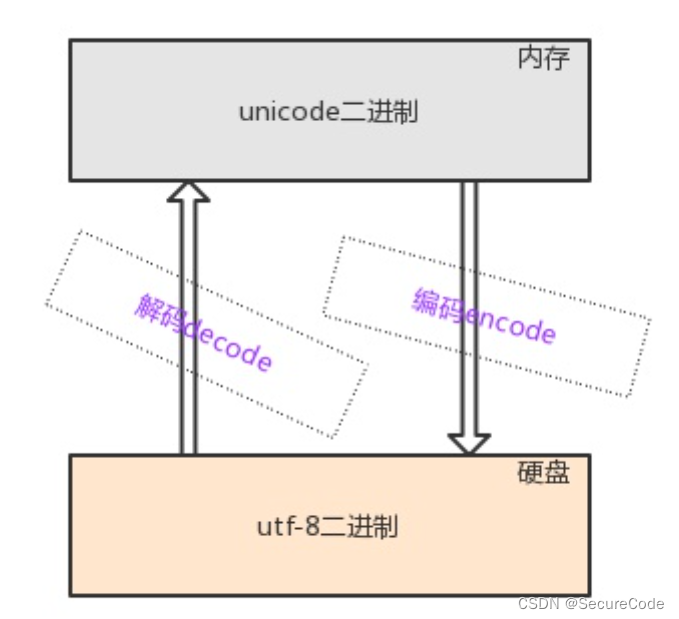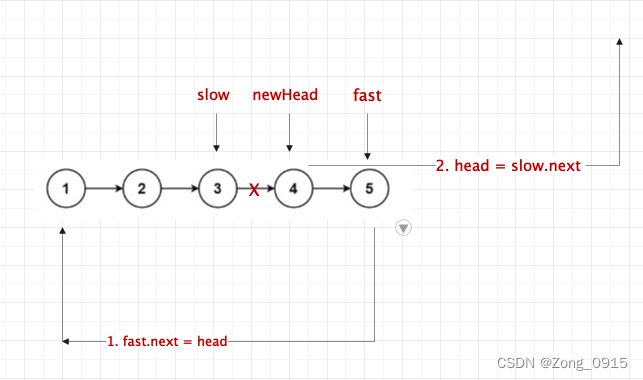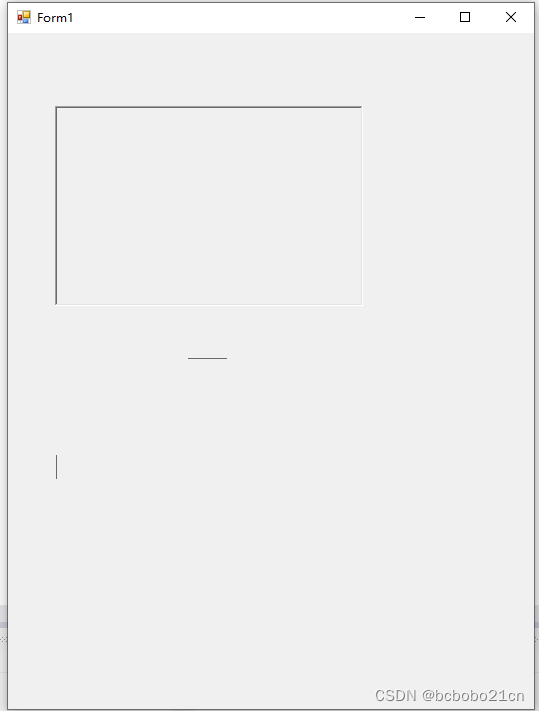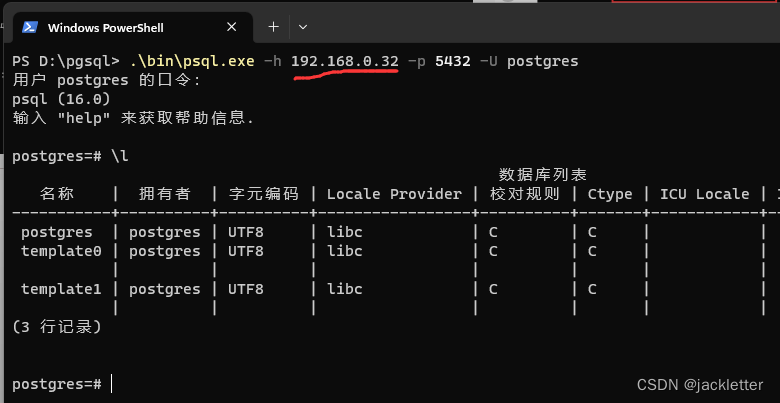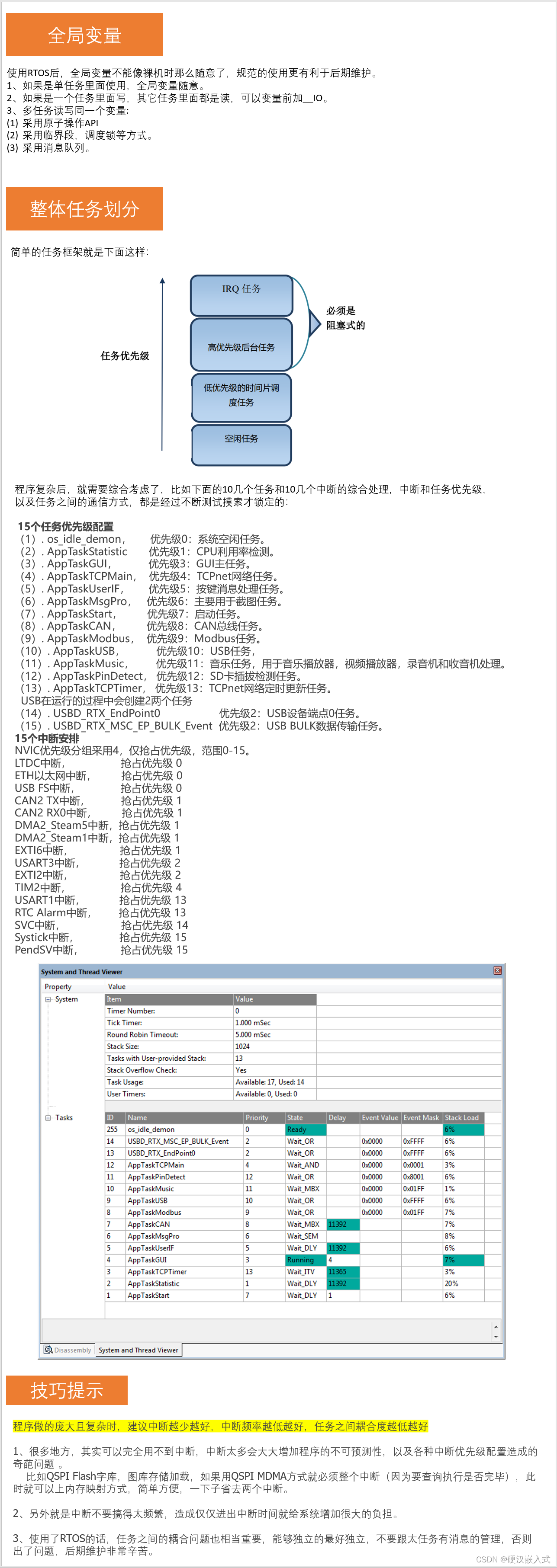一、有名管道
-
有名管道与匿名管道的不同:
- 有名管道提供了一个路径名,并以FIFO的文件形式存在于文件系统中。
- 与匿名管道不同,有名管道可以被不相关的进程使用,只要它们可以访问该路径,就能够通过有名管道进行通信。
-
FIFO的打开和使用方式:
- 一旦打开了有名管道,可以使用与操作匿名管道和其他文件相同的 I/O 系统调用,如
read()、write()和close()。
- 一旦打开了有名管道,可以使用与操作匿名管道和其他文件相同的 I/O 系统调用,如
-
数据交换顺序和先入先出(FIFO):
- 与管道类似,有名管道也有一个写入端和读取端。
- 从有名管道中读取数据的顺序与写入的顺序是一样的,符合先入先出(FIFO)的原则。
-
FIFO的特点:
- FIF0在文件系统中作为一个特殊文件存在,但其内容存放在内存中。
- 当使用有名管道的进程退出后,FIFO文件仍然保存在文件系统中,以便以后使用。


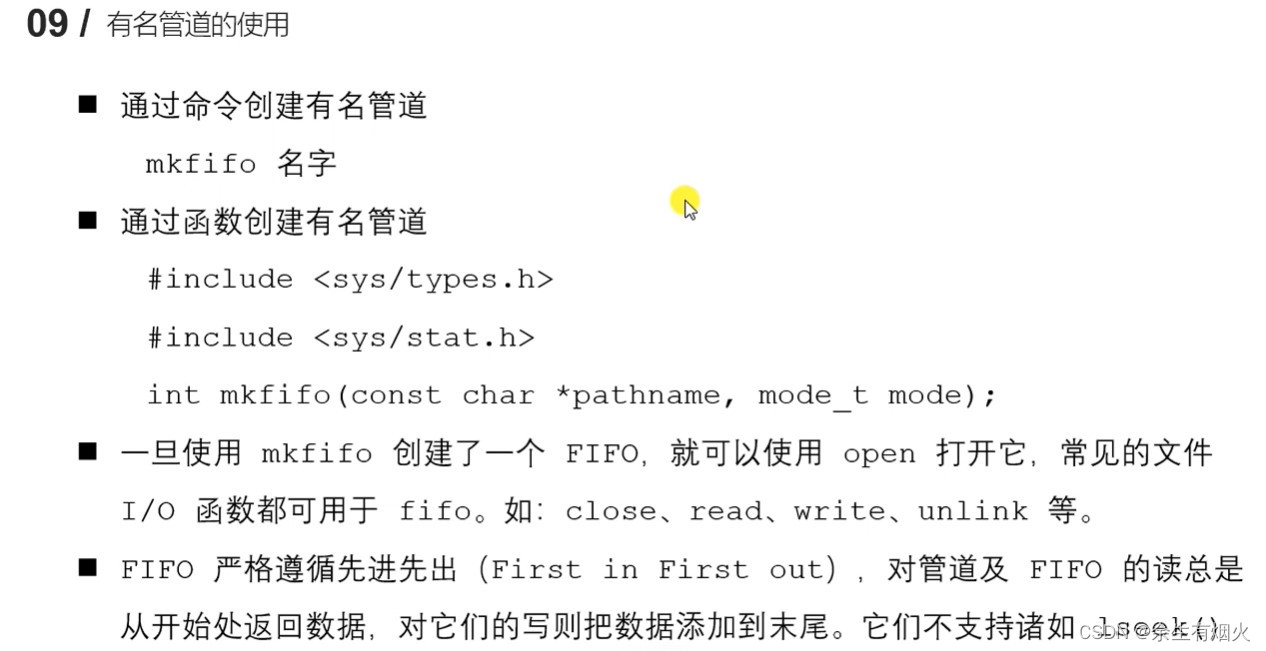
二、有名管道创建
- 有名管道的路径和名称可以根据实际需求进行设置,但应遵循文件系统的规则。
- 有名管道创建成功后,其他进程可以通过相同的路径和名称打开该有名管道,以进行进程间通信。
- 在实际应用中,需要对返回值进行更详细的错误处理,并根据需要设置更复杂的权限模式。
/*
创建fifo文件
1. 通过命令 : mkfifo名字
2. 通过函数 : int mkfifo(const char *pathname,mode_t mode);
#include<sys/types.h>
#include<sys/stat.h>
int mkfifo(const char *pathname,mode_t mode);
参数:
-pathname: 管道名称的路径
-mode: 文件的权限,和open的mode一样
返回值:
-成功:0
-失败:-1,并设置错误号
*
*/
#include<stdio.h>
#include<sys/types.h>
#include<sys/stat.h>
#include <string.h>
int main(){
int ret =mkfifo("fifo1",0664);
if(ret==-1){
perror("mkfifo");
exit(0);
}
return 0;
}三、案例
一个用于向有名管道写入数据,另一个用于从有名管道中读取数据。这两个程序共同演示了有名管道的基本用法
write端:
- 判断文件是否存在,如果不存在则创建有名管道文件。
- 以只写方式打开管道。
- 使用
write函数向管道中写入数据。
#include <stdio.h>
#include <sys/types.h>
#include <sys/stat.h>
#include <stdlib.h>
#include <unistd.h>
#include <fcntl.h>
#include <string.h>
// 向管道中写数据
/*
有名管道的注意事项:
1.一个为只读而打开一个管道的进程会阻塞,直到另外一个进程为只写打开管道
2.一个为只写而打开一个管道的进程会阻塞,直到另外一个进程为只读打开管道
读管道:
管道中有数据,read返回实际读到的字节数
管道中无数据:
管道写端被全部关闭,read返回0,(相当于读到文件末尾)
写端没有全部被关闭,read阻塞等待
写管道:
管道读端被全部关闭,进行异常终止(收到一个SIGPIPE信号)
管道读端没有全部关闭:
管道已经满了,write会阻塞
管道没有满,write将数据写入,并返回实际写入的字节数。
*/
int main() {
// 1.判断文件是否存在
int ret = access("test", F_OK);
if(ret == -1) {
printf("管道不存在,创建管道\n");
// 2.创建管道文件
ret = mkfifo("test", 0664);
if(ret == -1) {
perror("mkfifo");
exit(0);
}
}
// 3.以只写的方式打开管道
int fd = open("test", O_WRONLY);
if(fd == -1) {
perror("open");
exit(0);
}
// 写数据
for(int i = 0; i < 100; i++) {
char buf[1024];
sprintf(buf, "hello, %d\n", i);
printf("write data : %s\n", buf);
write(fd, buf, strlen(buf));
sleep(1);
}
close(fd);
return 0;
}read端:
- 以只读方式打开管道。
- 使用
read函数从管道中读取数据。 - 当写端关闭后,
read返回 0,程序检测到写端断开连接并退出。
#include <stdio.h>
#include <sys/types.h>
#include <sys/stat.h>
#include <stdlib.h>
#include <unistd.h>
#include <fcntl.h>
// 从管道中读取数据
int main() {
// 1.打开管道文件
int fd = open("test", O_RDONLY);
if(fd == -1) {
perror("open");
exit(0);
}
// 读数据
while(1) {
char buf[1024] = {0};
int len = read(fd, buf, sizeof(buf));
if(len == 0) {
printf("写端断开连接了...\n");
break;
}
printf("recv buf : %s\n", buf);
}
close(fd);
return 0;
}